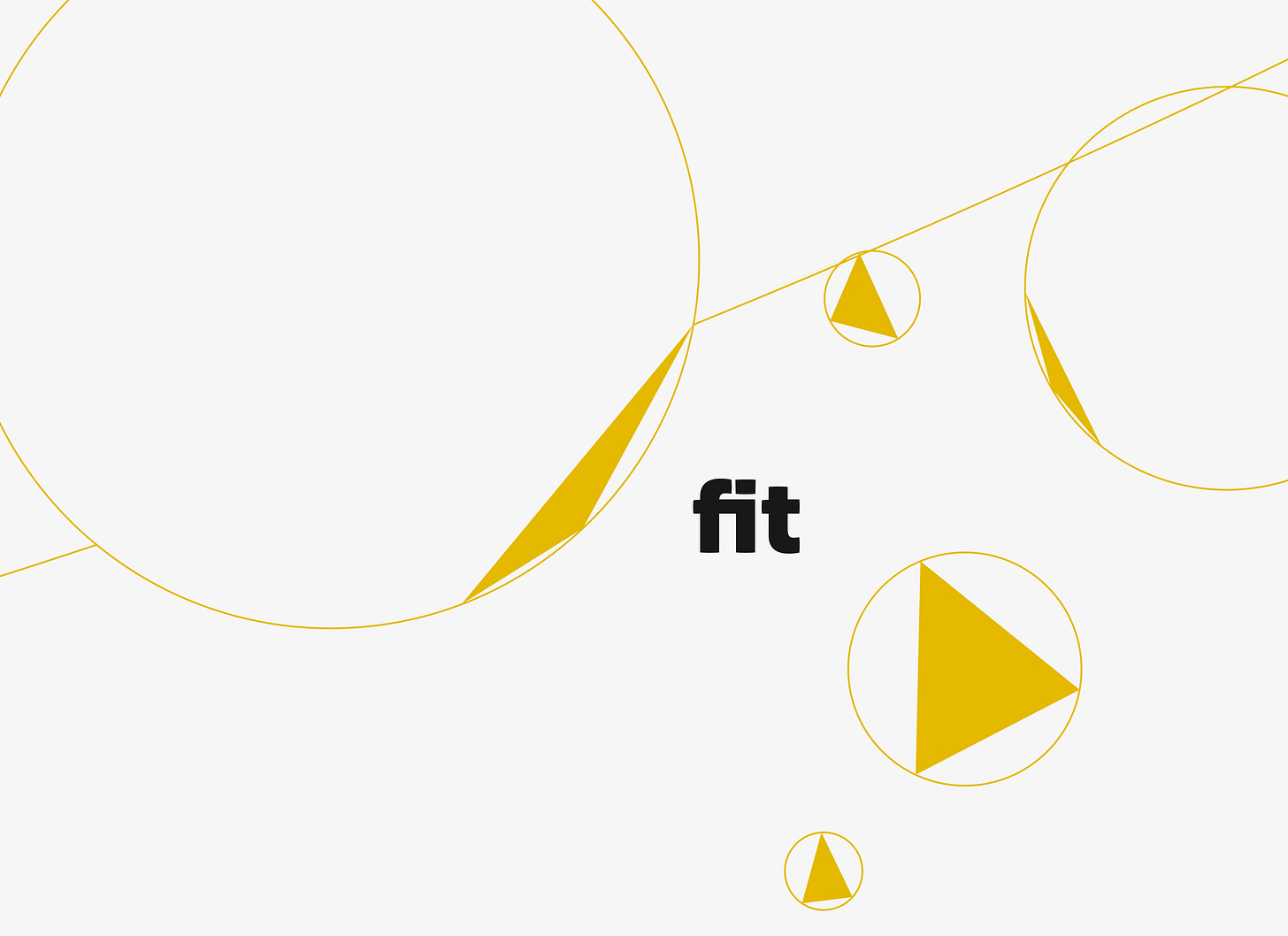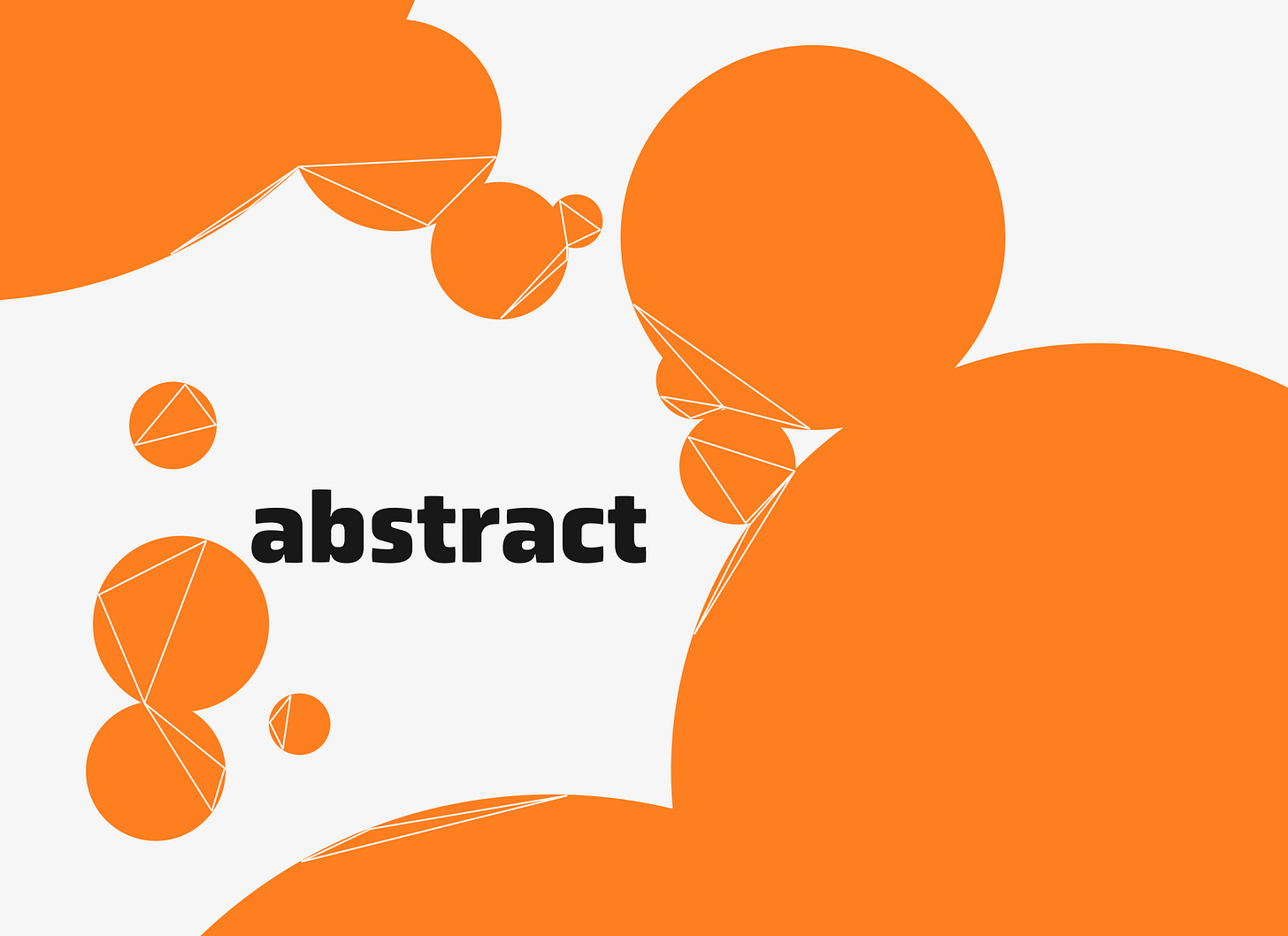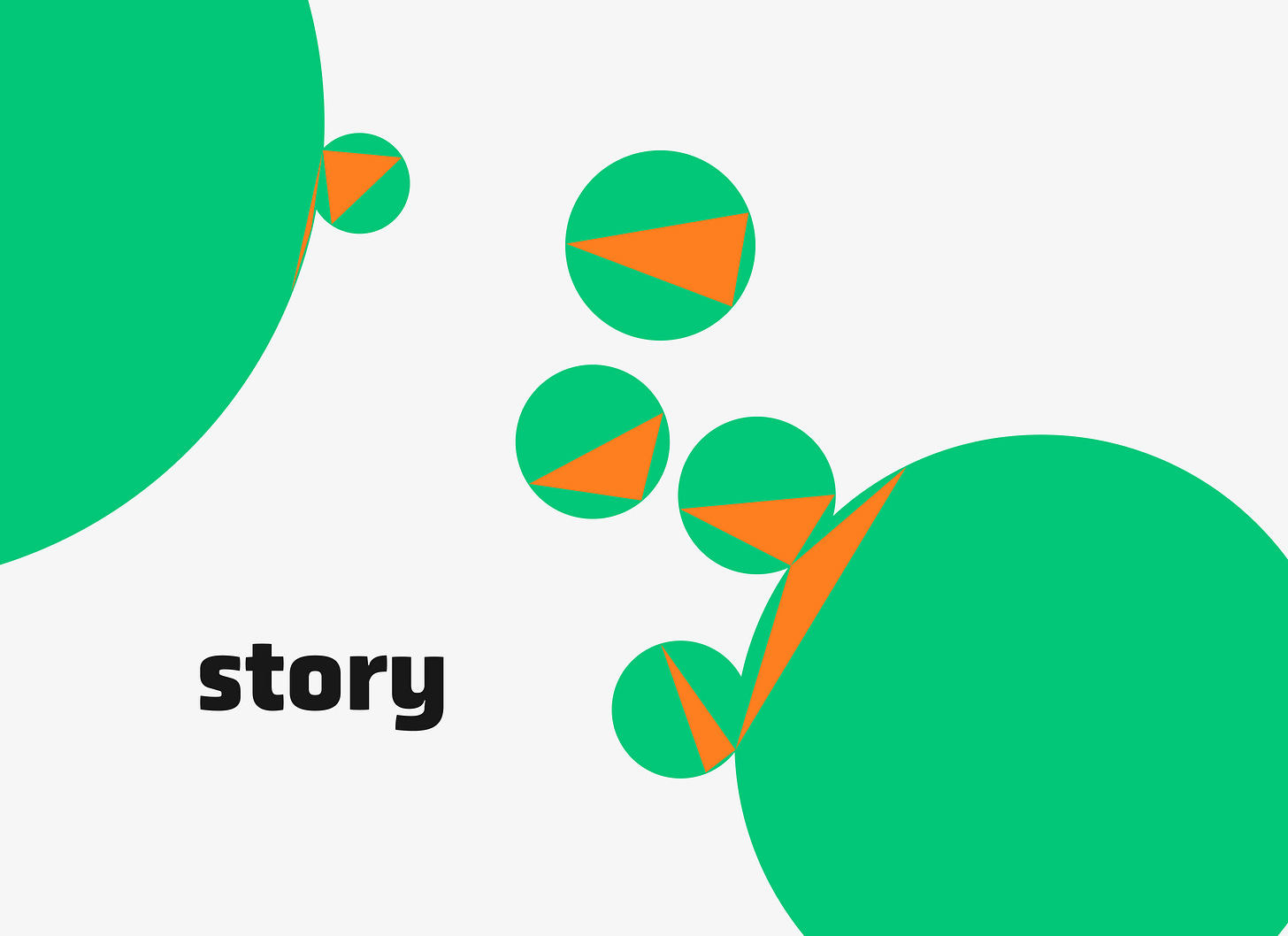’approach
Can experimentation crystallize into approach?
For decades, I've been developing a way to design for fluidity. This exploration spans my branding practice, from adding new dimensions to brand identity to focusing on co-creative relationships. It spans my teaching, too, by combining generative design approaches with systems thinking.
‘rithmic reflects this ongoing experimentation. Can these diverse ideas crystallize into a coherent approach? Yes.
’rithmic Principles
The 'rithmic approach centers on three open principles that create design capable of responsive movement within its context.
Fit
Fit calibrates continuously to user and context. It adapts to belong.
Fit emerges from deep contextual understanding. It demands listening before speaking, observing before acting.
The designer's role shifts toward creating conditions for appropriate responses to emerge.
Abstraction
Abstraction transforms observation into its essential form: the idea.
Abstraction operates as creative logic. It follows the human capacity to frame coherence from disparate elements.
Abstraction is the root of authorship and enables work across contexts while maintaining conceptual integrity.
Story
Story provides structure, direction, gravity.
Story shapes recognition. It provides the through-line that allows design to evolve while preserving identity.
Its power lies in its dynamic nature, responding to new information while maintaining essential character.
‘rithmic systems
Fit derives from observation. Abstraction turns observation into generative idea. Story is built through application.
These principles operate as a system where each feeds the others. Observation informs fit, which generates patterns for abstraction, which creates frameworks for story. The cycle continues, building depth and coherence through iteration.
The system adapts to scale and context. Whether designing a single interaction or a comprehensive brand experience, the same principles apply at different resolutions. Each application strengthens the overall approach.
Visual Development
The images were created to visualize the ’rithmic approach itself. I started with an observation: mimetism—nature’s way of producing cohesive context through consonance and dissonance. I used GPT-4o and Visual Studio Code, to distill and apply nature’s logic into visual statements. The process followed the ’rithmic principles directly:
Fit: Calibrating to the observation of mimetism as nature’s method for creating coherence from variation.
Abstraction: Translating this natural phenomenon into the language of fundamental geometric shapes.
Story: Developing a p5.js program to populate and iterate the visual narrative.
There’s something remarkable about this moment. We’re facing unprecedented complexity while simultaneously having access to the precise tools needed to elevate our work.
We can bridge computation and human sensing to create dynamic systems. In “mimetic layers,” I progressively abstracted shape, type, and color to explore how clarity and complexity interact, and new meaning emerges.
Traditional static approaches feel inadequate to our current moment. To extract the most value from both the challenges and opportunities before us, we need to reframe how we see and work with complexity itself.






